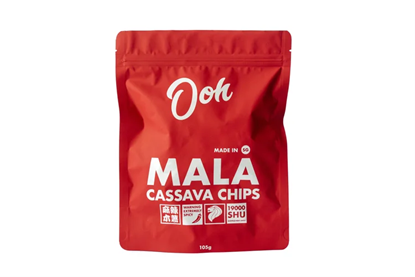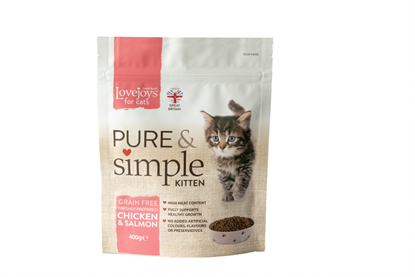What Can a Sachet be Used for? Design and Selection of Custom Sample Sachet
Attractive sample sachets are an effective marketing strategy, especially in brand promotion and new product trial activities. Exquisite sample sachets can attract consumers at first sight. Customized sample sachets can boost your sales.
MTPAK is dedicated to providing customized packaging solutions for brand clients. Through scientific selection, structural design, and printing techniques, even small packages can reflect brand value and ensure the flavor and quality of products during the trial phase. Let’s get started.
What is a sachet?
A sachet is a small, sealed packet or pouch, typically made of flexible materials such as paper, plastic, foil, or a laminate. It’s designed to hold a single serving or a small quantity of a product. Sachets are widely used in food, beverage, personal care, and pharmaceutical industries.
In packaging terms, sachets are a type of soft packaging, distinct from rigid containers like bottles or jars.
Why do brands need customized sealed pouches?
Customized sample pouches are small, flexible packaging designed based on brand needs and product characteristics. They are used for new product trials, promotional giveaways, or small-batch sales. The significance of customization lies in not only preserving the flavor of the product but also conveying the brand image and user experience. With the right materials and structural design, sample pouches can maintain food freshness for a short period of time after opening, while also leaving a lasting impression on the user through both tactile and visual appeal.
Where to start when designing custom sample sealed pouches?
1. Material Selection
Material is a key element in sample sachet design. The inner layer must be safe for food contact while also providing flexibility and reliable sealing. The outer layer provides additional barrier and tear resistance, and can accommodate printing effects to ensure visual branding. Material selection not only determines the packaging's protective capabilities but also impacts the sealing quality and user experience. For different products, designers will combine different material layers based on the food's characteristics, preservation requirements, and production processes to ensure the flavor and texture are fully captured during the sample stage.
2. Structural Design
The structural design of custom sample sachets is key to achieving a balance between functionality and user experience. Common designs include closures with a gusset, zipper, tear-off tab, and one-way valve, each tailored to specific products and usage scenarios. Zippers and gussets are suitable for dry goods or small batches that require manual handling. Tear-off tabs facilitate quick opening, while one-way valves are often used for packaging that requires gas release or controlled degassing. Structural design must also take into account production line implementation, ensuring a stable and reliable seal in small-batch production while also providing a comfortable feel and ease of operation during the opening process.
3. Printing Design
Although sample sachets are limited in size, they are also a direct contact point between the brand and consumers. The design must clearly display the brand logo, product information, and visual style within this limited space. Common methods include color printing on flexible composite films, embossing, or using partial matte or glossy effects to enhance the feel and visual refinement of the sachets. Appropriate layout and color matching not only enhance aesthetics but also improve consumer brand recall. During the design phase, consideration should be given to the feasibility of printing for production to avoid complex designs that lead to production difficulties or excessive costs.
4. User Usage Habits
Even with the right sample sachet design and materials, consumer usage habits can still affect the preservation effect. Promptly expelling air from the sachet and properly sealing it upon opening can maximize the preservation of product flavor. Avoiding contact between the sealed area and sharp objects or moisture can also extend the effective life of the sample sachet. Therefore, when customizing the design, consider not only the sealing technology and materials, but also the intuitiveness and convenience of user operation to ensure a smooth and natural experience.
Case Study: MTPAK Collaborates with a Major Pet Food Brand
MTPAK once designed custom sample sachets for a pet food brand. The client wanted the sachets to lock in flavor, facilitate distribution, and showcase the brand's premium quality during new product tastings.
After multiple rounds of proofing and material testing, MTPAK developed a solution combining a flexible inner layer with a high-barrier composite film and a taped closure. The sample sachets retain the product's aroma for a short time after opening while ensuring user-friendly operation. The resulting results are as follows:
- Small-batch production was successfully implemented, balancing efficiency and cost.
- Flavor and aroma remained stable during the trial phase.
- User experience was positive, with opening and repackaging simple and natural.
- Sample packaging was visually refined, strengthening brand recall.
In addition, customers can download MTPAK's case study sheets to review the performance of different material combinations and sealing methods, providing a reference for subsequent batch packaging design.
Conclusion
Through scientific material selection, structural design, printing process, and user experience optimization, sample sachets can maximize their value in new product promotions and trial activities.
Our products and services are highly customizable, allowing us to tailor the number of layers, materials, and coatings to meet your specific needs. Furthermore, our products are ISO 9001 certified, ensuring consistent high-quality, safe, and flawless packaging.
Welcome to contact us for more details.
Email:account@mtpak.com
Contact us:https://mtpak.com/contact-mtpak


